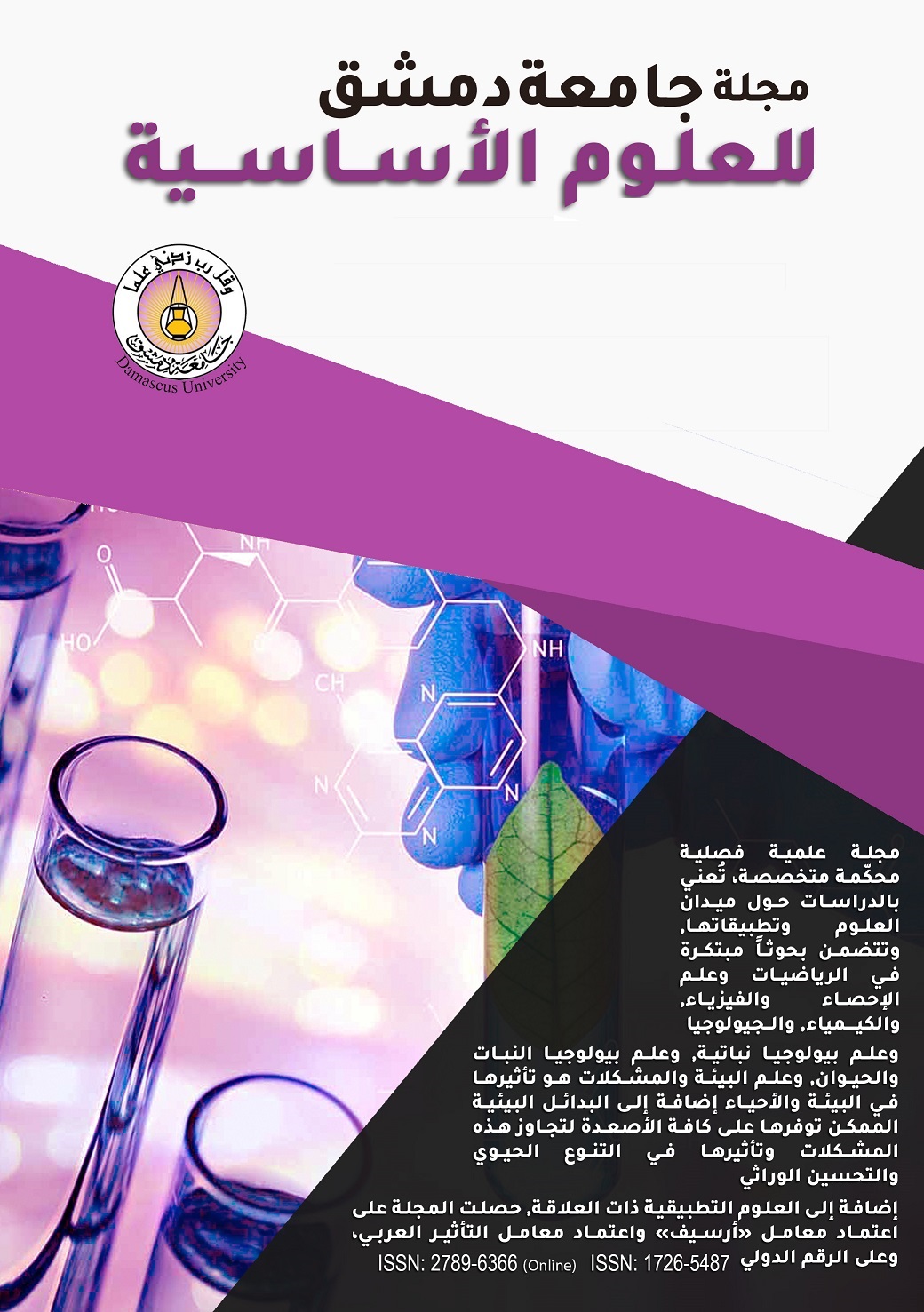Synthesis and characterization of poly (Glycerol-Succinic acid) PGSA grafted with poly (L-lactic acid) PLLA and determination of the degree of branching (DB) by NMR-COSY technique
Keywords:
Poly glycerol-succinic acid, poly L-Lactic acid, branching degree, NMR-COSY, branching copolymer, Amphiphilic materialsAbstract
This research include synthesis of graft copolymer poly (Glycerol-Succinic acid) PGSA branched by poly (L-lactic acid) PLLA from PGSA and PLLA oligomers. This copolymer is considered a main material in drugs and pharmaceuticals applications
This copolymer also has terminal functional groups that can be chemically attached with suitable functional group in the drug and forms polymer-drug conjugate that was known (pro drugs) system.
The synthesis was done by bulk polymerization technique without any solvent and catalyst to obtain high pure copolymer that suitable for medical and pharmaceutical applications. The reaction curried out at reflux condenser and at temperature 140°C for 6 hours under inert atmosphere by using nitrogen gas and reduced pressure (30 KPa).
We have used different weight ratio from precursor oligomers PGSA and PLLA, in order to obtain branched copolymer PGSA-PLLA. The synthesis
was done for each oligomer in separated stage to obtain branched copolymer with amphiphilic behavior that suitable with transfer and delivery of drugs. This aim was done by formation a dendrimetric structure, that guiding to form nano micelles. The chemical structure of the precursor oligomers and produced cpolymers were characterized by IR, 1H NMR, and NMR-COSY spectrum. In addition, the degree of branching (DB) was determined by NMR-COSY spectra also.

